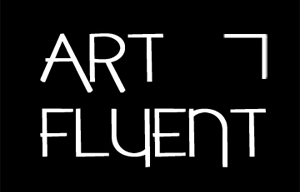
-Deborah, we'd love to hear your story and how you got to where you are today, both personally and as an artist.
I was fortunate to have an excellent art education, receiving a BFA degree at Boston University and MFA degree at Cranbrook Academy of Art, both with a concentration in sculpture. After grad school, I decided to pursue a career in the corporate world for two reasons: I wanted to learn more about life outside the art studio, and, on a practical level, I needed to make a living!
But art was never out of reach. I was either using my creative skills in the workplace (presentations, reports, marketing materials, web design, etc.) or in my free time (drawing, collage, and photography). When I could afford it, I left the corporate world and jumped back into making art full time. It has been joyful to reunite with my true spirit as an artist.
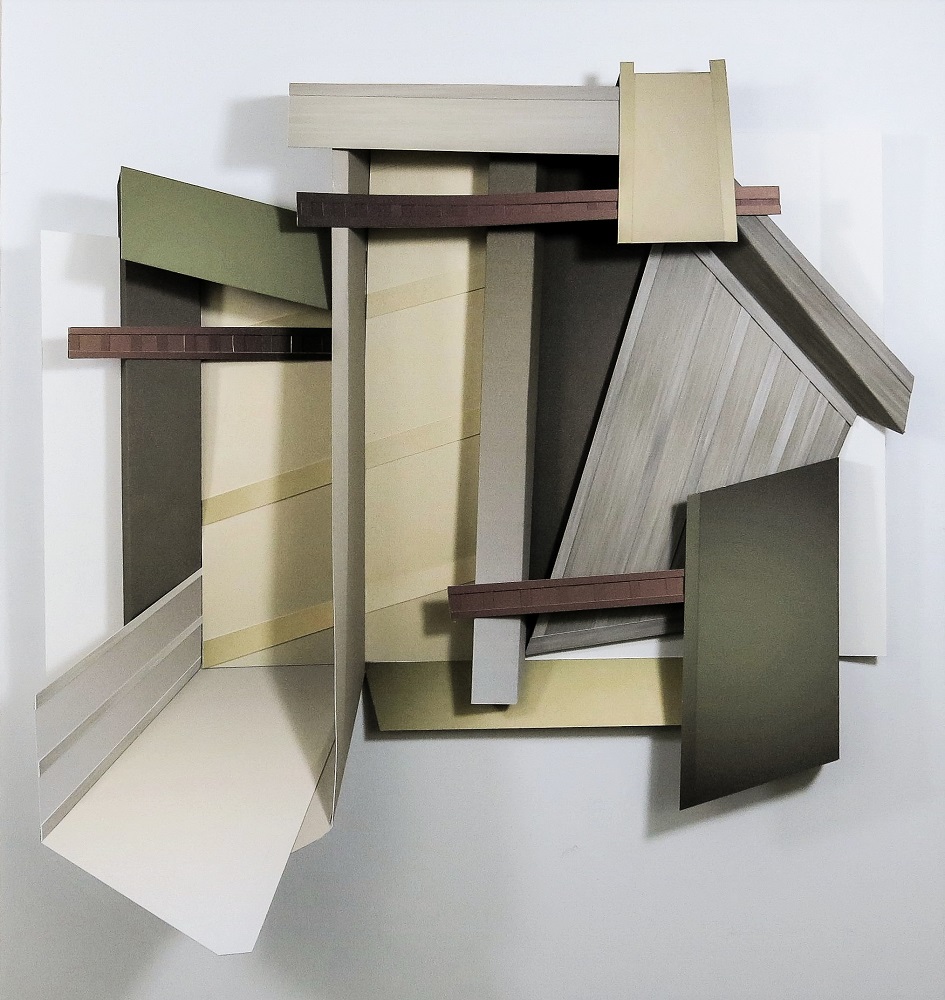
-How do you approach the concept of space in your work, and what kind of effect are you trying to create for the viewer?
The spaces in my work land somewhere between authentic and imagined, sliding in and out of reality. My goal is to create spaces that challenge the senses, evoke emotion, and ask the viewer to consider: What is it? Where is it? What do they see and feel? And do they find themselves in it – or not?
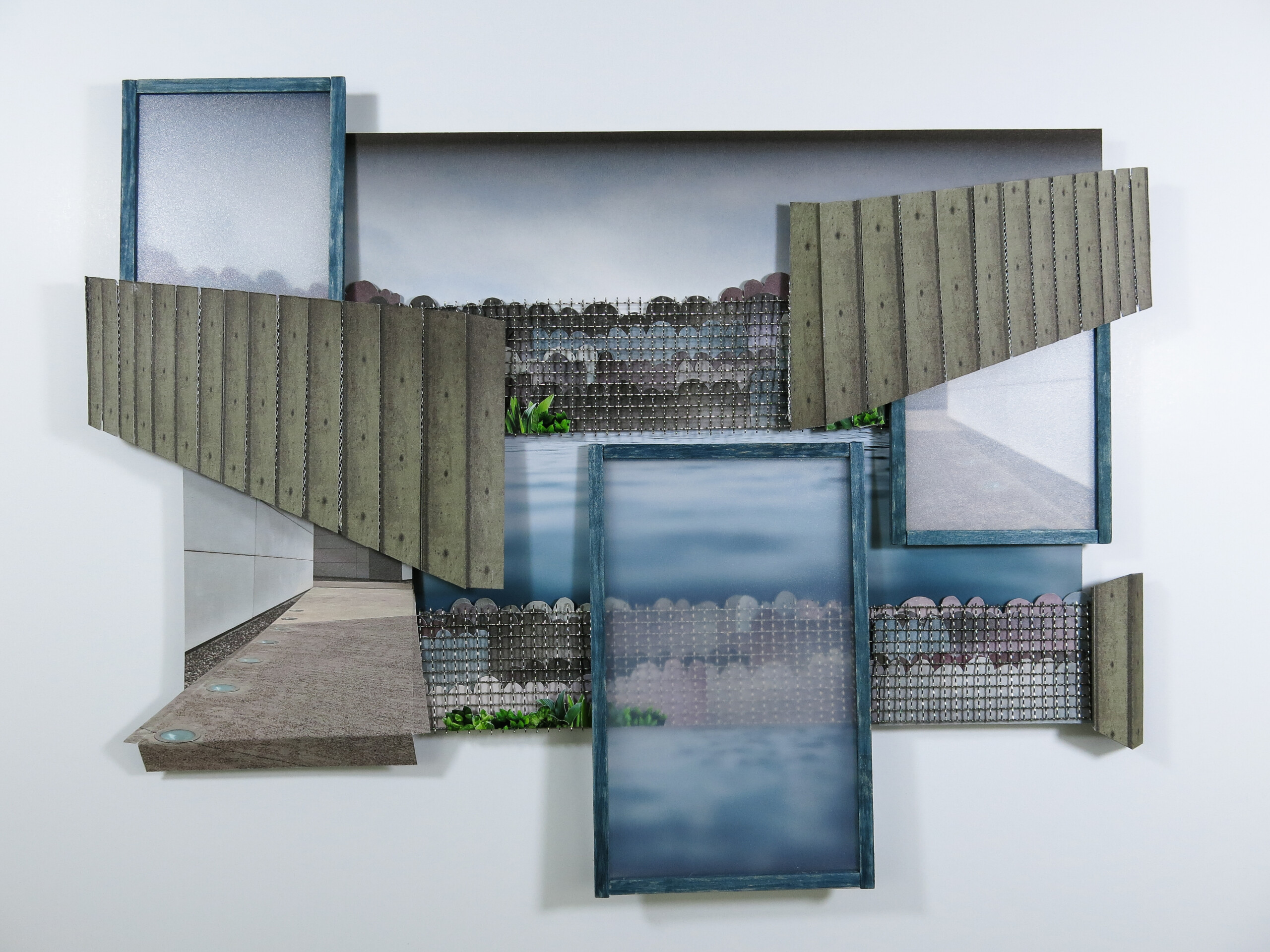
-Can you talk about how you choose the materials you work with, and how they contribute to the final piece?
I am a builder! My wall sculptures are made with digitally colored paper, and I have recently added new materials including translucent plastic, different types of wire mesh, aluminum wire, wood and whatever adhesive works with each surface. I just walked through Home Depot and found several new materials I plan to experiment with in new work. I work with materials that help me reinforce the theme of the piece, such as wire mesh to suggest an enclosed, restricted space.

-What role do shadows play in your work, and how do you use them to enhance the overall effect?
Shadows are so important in my work. The moment I juxtapose two three-dimensional forms, their shadows reinforce the depth of the space. Shadows make my sculpture ‘pop’ from the wall. They tell the ‘story’ of the space.
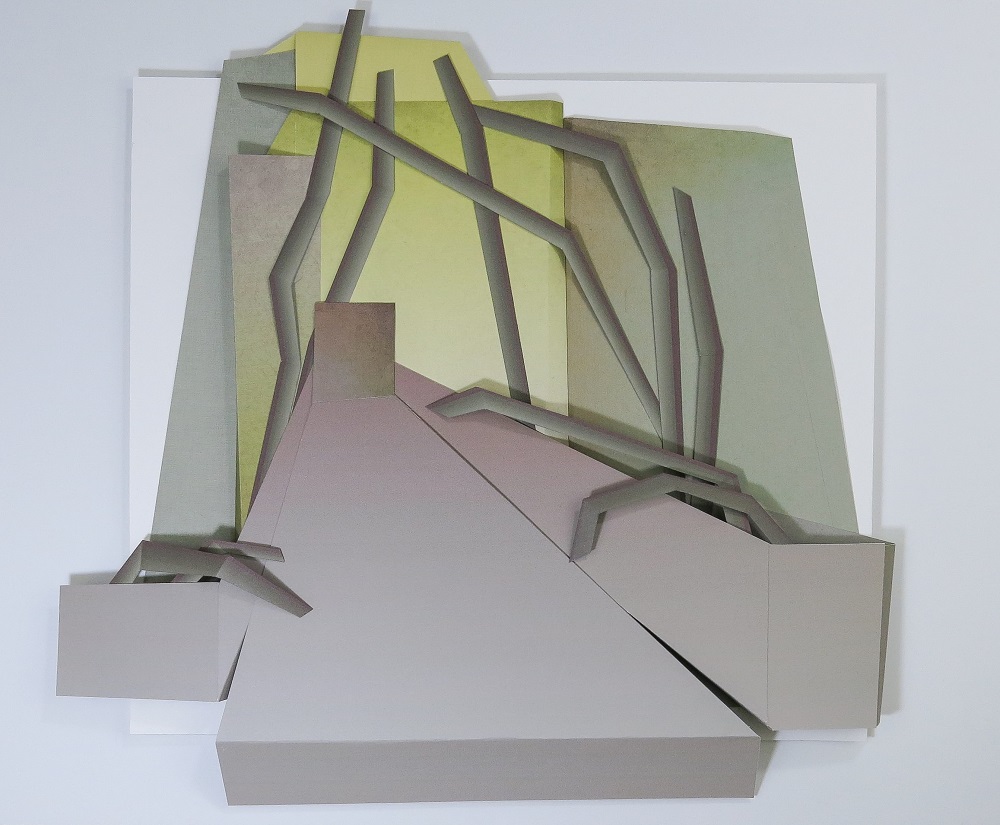
-What’s the best way for someone to check out your work and provide support?
The best way to keep up with my new work and get a behind-the-scenes look at my creative process is to explore my website at www.artbydperlman.com, where you can also sign up for my newsletter.
Also, keep up with my latest news, by following me on Instagram @deborahwperlmanart
Statement
ENTER A WORLD SOMEWHERE BETWEEN REAL AND IMAGINED
Depicting an ‘almost-but-not-quite-real’ world somewhere between authentic and imagined, my artwork celebrates ambiguity, sliding in and out of reality, and compelling me to challenge previous ideas and established thoughts.
I find excitement and mystery in three dimensional forms and spaces. Creating wall-mounted sculpture draws me into a world of the unknown, challenging me to go beyond what I know and face what I don’t. It is thrilling and frightening at the same time, bringing me to new awareness and understanding.
The material I use is ever expanding. Currently, I work with paper, wire mesh, flat aluminum wire, wood, plastic, and adhesive. Building three-dimensional forms, I adhere each element to the base, then juxtapose them to highlight their points of contact and the shadows they cast.
My goal is to create spaces that challenge the senses, evoke emotion, and ask you to consider:
• What is it?
• Where is it?
• What do you see and feel?
• Do you find yourself in it, or not?
I invite you to glimpse into my interpreted world and find your place within it.
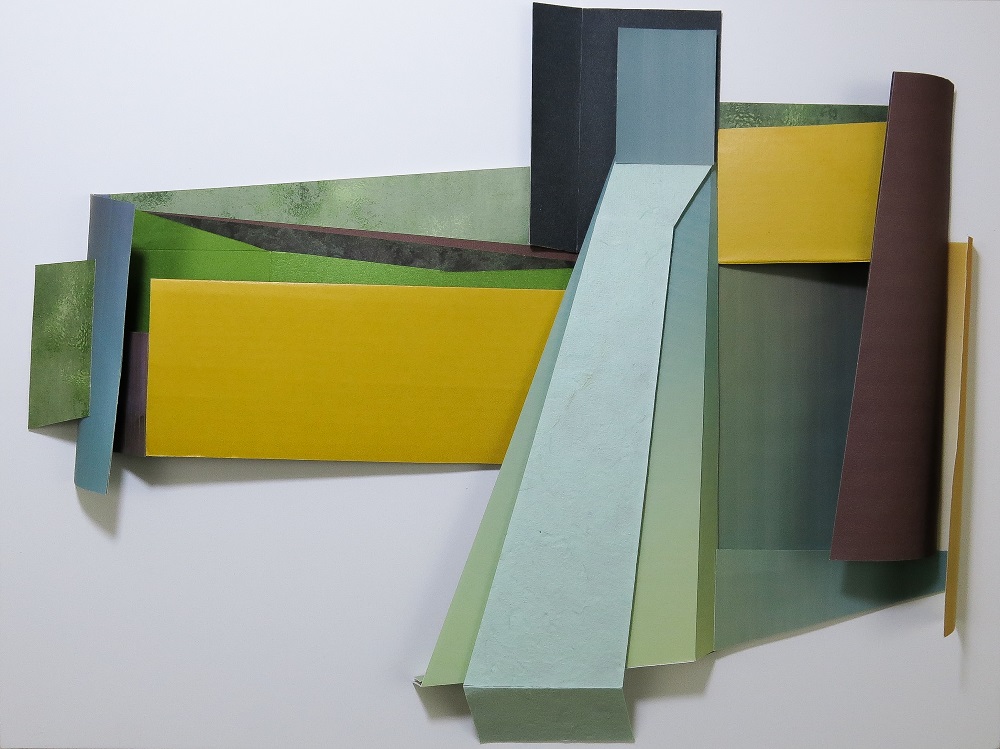
Bio
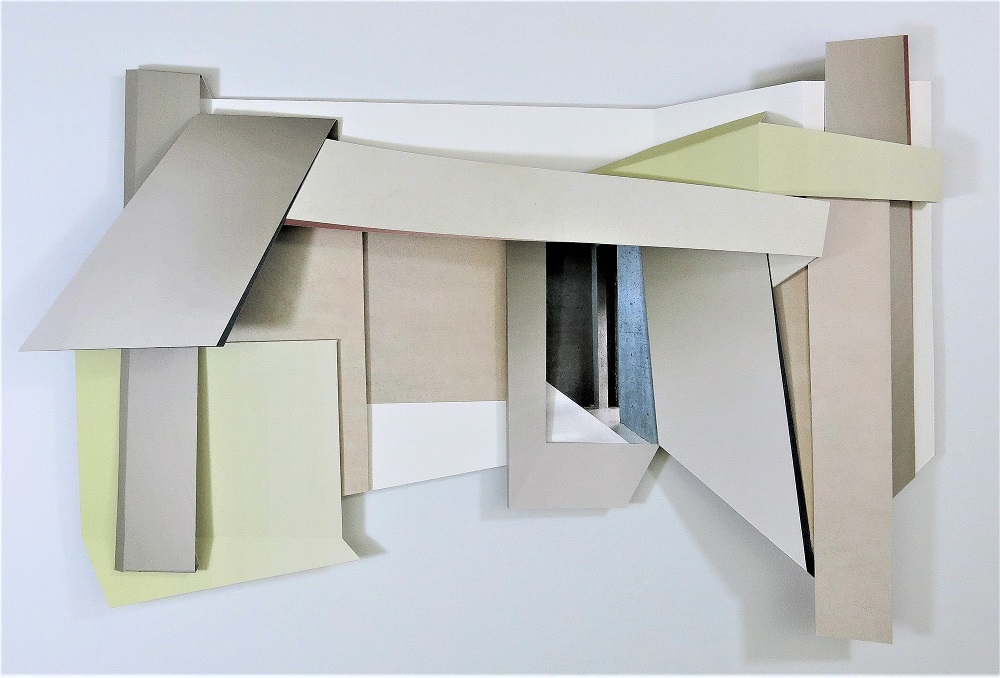
Deborah Perlman was born in Baltimore, Maryland and is currently working in South Florida. A graduate of Boston University (BFA, sculpture) and Cranbrook Academy of Art (MFA, sculpture), she has exhibited her work regionally and nationally, won several awards, and has been featured in a number of art publications.
Influenced by her training, Perlman creates mixed media wall-mounted sculpture interpreting the dynamics of form in three dimensions. She creates ‘almost but not quite’ real spaces, somewhere between authentic and imaged and invites the viewer into the scene, to discover where they find themselves.
She creates her work using a variety of materials and constructing three-dimensional forms. She then adheres them to the base, juxtaposing them to highlight their points of contact and the shadows they cast.
Perlman’s influences include 19th and 20th century African sculpture; the Constructivism, Geometric Abstraction, and Cubism (Picasso, Braque, Lipschitz) art movements; Giorgio de Chirico’s ‘illogical perspective’ works; Louise Nevelson’s bas relief works; Joseph Cornell’s shadow boxes; and Frank Stella’s metal reliefs, among others.
